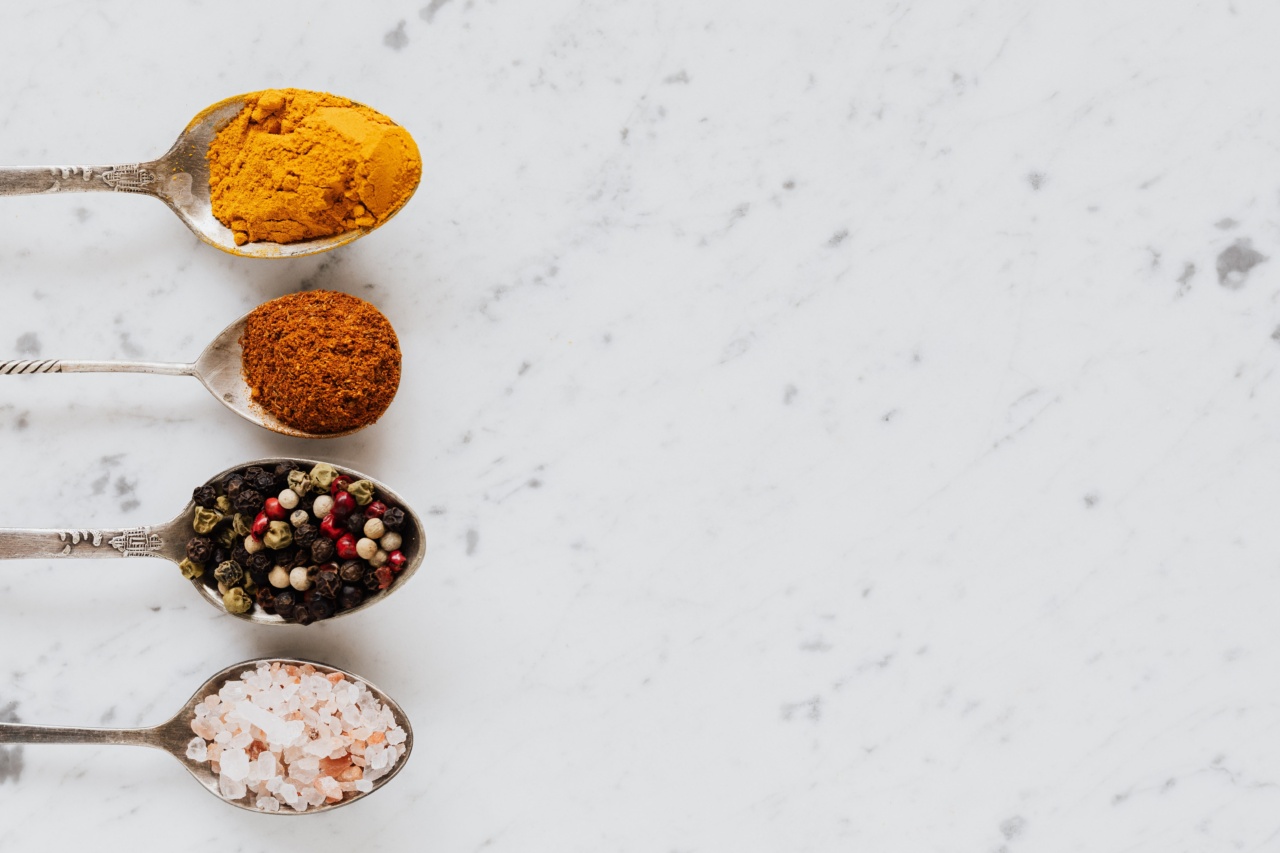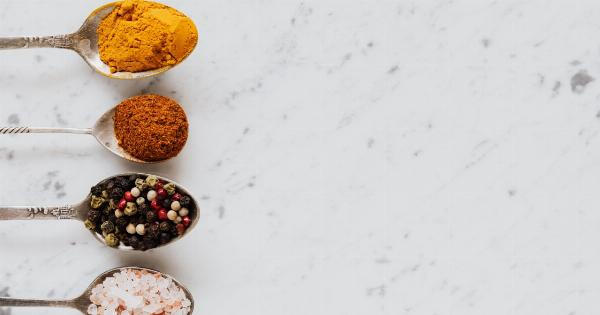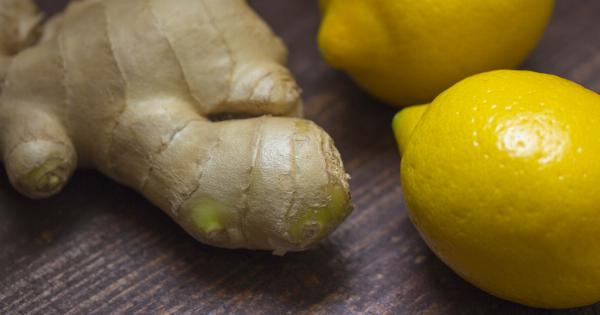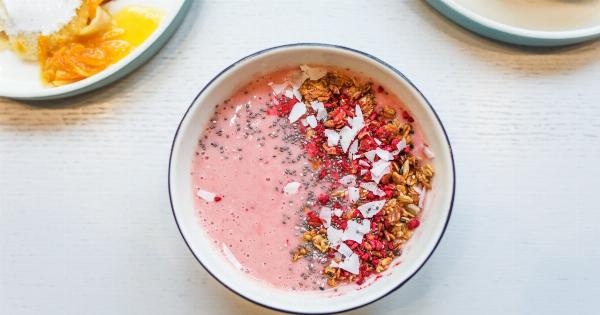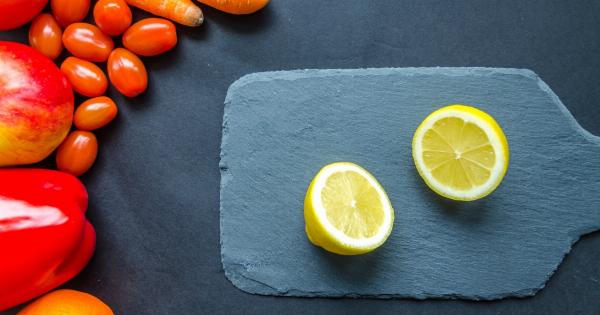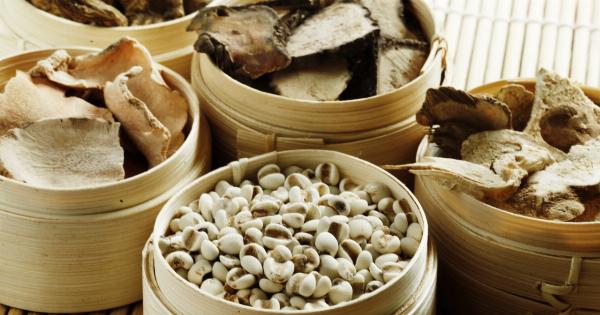Himalayan salt has gained popularity in recent years as a healthier alternative to table salt. This pink-colored salt is believed to be more natural and less processed than traditional salt varieties.
Advocates claim that Himalayan salt offers numerous health benefits and contains essential minerals that are beneficial for our bodies. In this article, we will delve into the truth about Himalayan salt and explore whether it is truly a healthier alternative.
What is Himalayan Salt?
Himalayan salt is a form of rock salt that is mined from the Khewra Salt Mine in the Punjab region of Pakistan. This salt is believed to have been formed over millions of years due to the evaporation of an ancient sea.
The distinctive pink color of Himalayan salt comes from trace minerals, such as iron oxide, present in the salt crystals.
Mineral Content of Himalayan Salt
One of the key selling points of Himalayan salt is its mineral content. Proponents of this salt argue that it contains 84 essential minerals, including calcium, potassium, magnesium, and iron.
These minerals are touted to provide various health benefits, such as promoting hydration, balancing electrolytes, and improving bone health.
While it is true that Himalayan salt does contain trace minerals, the amount present is quite minimal. In fact, the mineral content is so low that it would not significantly contribute to your daily nutrient requirements.
To obtain substantial amounts of these minerals, you would need to consume large quantities of Himalayan salt, which can be detrimental to your health due to its high sodium content.
Sodium Content
Like any other type of salt, Himalayan salt is primarily composed of sodium chloride. While sodium is an essential nutrient, consuming excessive amounts can lead to adverse health effects.
The American Heart Association recommends limiting daily sodium intake to no more than 2,300 milligrams (mg) for most adults. However, the average daily intake in the United States is around 3,400 mg.
It is crucial to note that the sodium content of Himalayan salt is comparable to that of table salt. Therefore, using Himalayan salt as a substitute for table salt does not provide any significant health benefits in terms of sodium reduction.
It is essential to monitor your overall sodium intake and make conscious efforts to reduce your consumption by avoiding processed and packaged foods that are often loaded with excessive salt.
Impacts on Blood Pressure
High sodium intake has been linked to an increased risk of hypertension or high blood pressure, a major risk factor for heart disease.
While Himalayan salt is often marketed as a way to reduce sodium intake and lower blood pressure, there is no scientific evidence to support these claims.
A study published in the Journal of Clinical Hypertension found that Himalayan salt did not have any significant impact on blood pressure levels compared to regular table salt.
Both types of salt had similar effects on blood pressure when consumed in typical amounts.
Potential Impurities
Another aspect to consider when evaluating the healthiness of Himalayan salt is the potential presence of impurities. Some samples of Himalayan salt have been found to contain trace amounts of heavy metals like lead, mercury, and arsenic.
However, the levels of these impurities are generally within safe limits and unlikely to cause harm when consumed in moderation.
Regulating bodies, such as the United States Food and Drug Administration (FDA), set maximum limits for these impurities in salts to ensure consumer safety.
It is crucial to choose reputable brands that comply with these regulations to minimize the potential risks associated with impurities.
The Environmental Impact
While claims about the health benefits of Himalayan salt may be overstated, it is essential to consider the environmental impact of its production and transportation.
Mining and extracting Himalayan salt require significant energy and resources, contributing to carbon emissions and environmental degradation.
Additionally, the transportation of Himalayan salt from the salt mines in Pakistan to different parts of the world further increases the carbon footprint associated with this product.
It is worth considering the environmental implications and exploring locally available salt options as a more sustainable choice.
Conclusion: Moderation is Key
While Himalayan salt may offer aesthetic appeal and trace amounts of minerals, it is essential to approach it with caution and moderation.
The health benefits of Himalayan salt are often exaggerated, and it is not a substantial source of essential minerals. Moreover, its sodium content is comparable to that of table salt, necessitating mindful consumption to maintain a healthy sodium intake.
If you enjoy the taste or appearance of Himalayan salt, there is no harm in using it in moderation. However, it is important not to rely on it as a sole source of essential nutrients.
Additionally, it is wise to consider the environmental impact and explore local salt options as a more sustainable choice.
